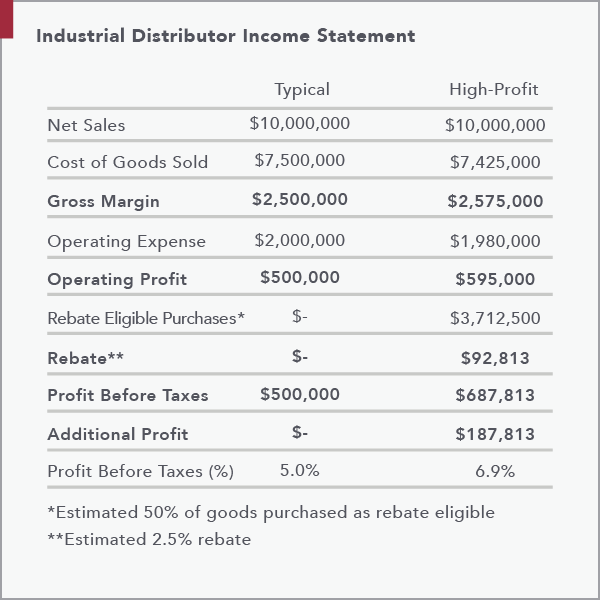Guest Blog by NetPlus Alliance Service Supplier, Howard Coleman, MCA Associates
The Problem with Traditional Inventory Management in Wholesale Industrial Distribution
…it’s really all about the flow!
…and all about return on investment!
For wholesale industrial distribution companies, dollars may literally be walking out your door; may even be fueling competitors. And this isn’t a problem for just small to mid-size industrial distribution. Did you know that in one recent year Walmart missed out on an estimated $3 billion of sales due to stock-outs? That’s probably more than the GNP of some small countries!
How they ultimately re-thought their inventory replenishment processes to correct these challenges is important to understand. You likely need to move the needle too, and move inventory management to a function that is understood to be critical within your industrial distribution organization.
Traditional inventory management systems have long sought to solve the inventory management and service level dilemma through better forecasting, improvements in the order point/order quantity or min/max calculation processes, or by adjusting safety stock levels. Many of the enterprise systems used by wholesale distributors employ just those options–providing some parameter and management control selection options.
One often-ignored aspect is how realistic inventory drivers such as safety stock and lead-time are…or should be. In fact, in many companies there is often little, if any, “root-cause analysis” performed. We must determine whether these drivers are appropriately set and reviewed - or were they set once and never looked at again?
If you fall into the latter category, don’t despair. I am going to propose a pragmatic approach that can be accomplished with your current systems, as long as you add a sufficient dose of good decision making and execution and are willing to think differently. Ready?
What Do You Have to Do?
At a minimum, to implement this new approach and improve your decision making and execution, the following is required:
• Alerting inventory planners to what needs attention and enabling quick resolution
• A method to reduce the whiplash effect in how we respond to demand variance
• Learn and understand the advantages of “pull replenishment” and implement it as a substitute for “push replenishment” (what I suspect you currently employ).
It’s likely this will require a fundamental change in thinking
The Foundation:
Inventory replenishment in a wholesale industrial distribution environment can be bewildering. There are products, technology, and people skills involved. Each of these can actually obscure some of the obvious simplicity of inventory replenishment as a process.
Why? It’s all about the flow! This has become my mantra. It’s developing an understanding of the rules of flow; what rules need to stay, to go, to change…and which rules need to be added.
When I talk about “flow,” what I really mean is the flow of materials from suppliers, into, through, and out of your stocking locations. I also include in that definition what is planned and required, what is happening, what has happened, and what should happen next. As I frequently advise my clients, it’s notjust about the procurement of product and the launch of purchase orders. That’s not flow!
Part 2 - Coming Soon: Exploring The Concept of Flow for Industrial Distribution




